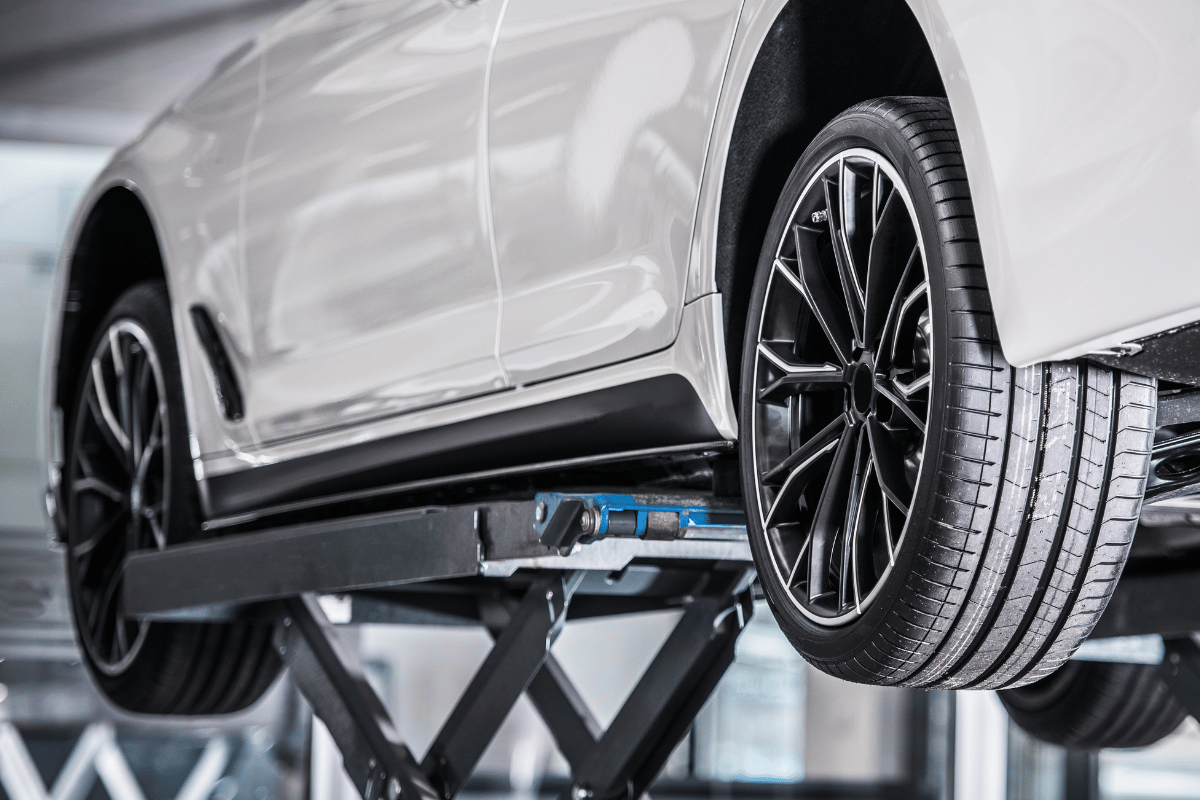Automotive lifts are critical pieces of equipment in garages, repair shops, and maintenance shops. They are essential in lifting and supporting automobiles, allowing mechanics to access and operate on the undercarriage and other difficult-to-reach regions. While car lifts are built to be strong and long-lasting, they are not impervious to wear and tear. Regular inspections of these lifts are required to verify their safety, dependability, and regulatory compliance. In this post, we will look at why automobile lifts need to be inspected on a regular basis, as well as the implications of ignoring this vital part of maintenance.
Safety First: Protecting Mechanics and Customers
The major objective for checking car lifts is to protect everyone who uses or interacts with the equipment. A faulty or broken lift can endanger mechanics, customers, and the automobiles themselves. Accidents, injuries, or even fatalities might occur as a consequence of unexpected collapses, instability, or failing safety systems. Regular inspections aid in the early detection of problems and allow for prompt fixes, minimising the likelihood of accidents and establishing a safer work environment.
Compliance with Regulations and Standards
Local authorities and organisations create numerous safety requirements and industry standards for automotive lifts. Compliance with these laws is critical not just for user safety but also for avoiding legal concerns and penalties. Inspections on a regular basis assist verify that the lifts satisfy the necessary safety requirements, certifications, and load capabilities. Periodic inspections are required in many locations, and failure to comply can result in substantial penalties and economic interruptions.
Prolonging Equipment Lifespan
Automotive lifts, like other mechanical equipment, wear and tear over time. Regular inspections aid in the detection of symptoms of wear, such as broken components, leaks, or excessive noise, allowing for early maintenance and preventing minor issues from growing into larger concerns. By treating these faults as soon as possible, technicians can extend the life of the lifts and avoid costly repairs or replacements.
Optimal Performance and Efficiency
A well-maintained automobile lift operates at peak efficiency and productivity in the garage or repair shop. Inspections assist to guarantee that the lift runs properly and without problems, reducing downtime and increasing production. When mechanics can rely on properly operating equipment, they can operate more effectively and accomplish projects faster.
Protecting Business Reputation
A garage’s or repair shop’s reputation is critical for recruiting and maintaining clients. Neglecting lift inspections can lead to accidents or equipment malfunctions that endanger individuals and harm the company’s reputation. Negative evaluations travel rapidly, and they may have a big influence on a company’s performance. A well-maintained elevator, on the other hand, indicates a dedication to safety and professionalism, developing confidence with consumers and perhaps garnering additional business.
Conclusion
Car lifts are essential equipment in the car repair business, and they must be properly maintained and inspected to ensure safety, compliance, and effective operations. Regular inspections aid in the early detection and resolution of possible difficulties, guaranteeing the safety of mechanics, customers, and cars while also extending the equipment’s lifespan and optimising its performance. Lift inspections must be prioritised as part of normal maintenance by garage and repair shop owners to safeguard their business’s image and, more significantly, the well-being of customers who rely on these lifts on a daily basis.



